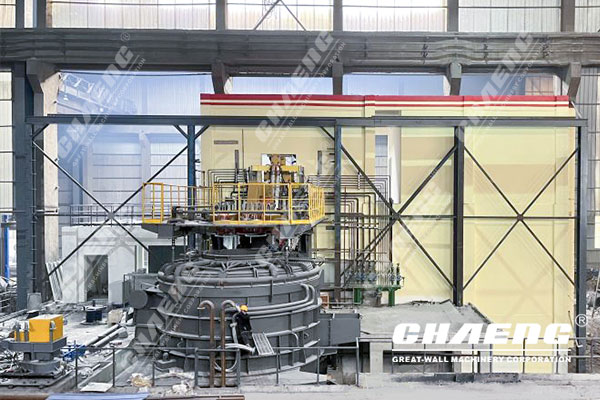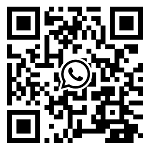CHAENG Casting Steel Factory Arc stove smelting and casting
30 Nov 2023 UTC+8Views:
According to different smelting methods, at present, the main steelmaking methods in the industry are divided into: arc furnace steelmaking, mid -frequency furnace steelmaking, arc furnace+refining furnace, mid -frequency furnace+refining furnace.
The steelmaking steelmaking is mainly used as the main raw material, and the electrical energy is input into the arc steelmaking furnace through the graphite electrode. The arc furnace is commonly used in three -phase arc furnace. According to the furnace linage, it can be divided into two types: alkaline and acidic. Generally, the alkaline arc furnace can be used. It can have the ability to take off P and S through alkaline residue; Do not have this ability. According to whether the steelmaking process has the oxidation process, it can be divided into oxidation and non -oxidation method. The oxidation method can effectively take off the gas and miscellaneous materials that remove P, C, and remove steel. The quality of steel metallurgy is high. The oxidation of the alkaline arc furnace oxidation method is divided into three processes: melting period, oxidation period, and restore period. The melting period is mainly melting furnaces, creating a certain alkaline residue and taking off P; the main role of the oxidation period is to continue to take off P to remove gas and miscellaneous objects;S, regulating ingredients and steel outlet temperature.
CHAENG (Great Wall steel casting) design capacity has 55,000 tons of casting steel parts with an annual production capacity, 2 units of 30 tons of arc furnaces, 1 10 tons of arc, and 1 80 tons of refined furnace.

CHAENG (Great Wall steel casting) is a large -scale cast steel producer with the strongest comprehensive strength in Henan Province. It has won 4 national honors and 7 provincial honors. Enterprises, advanced enterprises in green development in Henan Province. The company's annual large -scale large -scale casting steel parts are 55,000 tons, with an export volume of more than 30%, and the products cover more than 50 countries and regions around the world.





